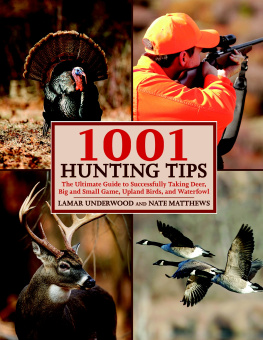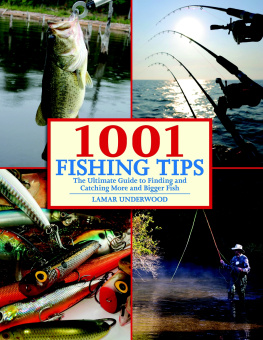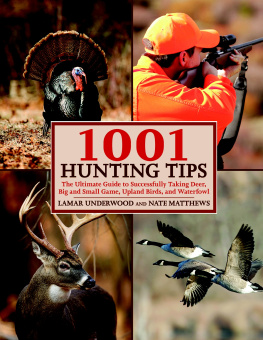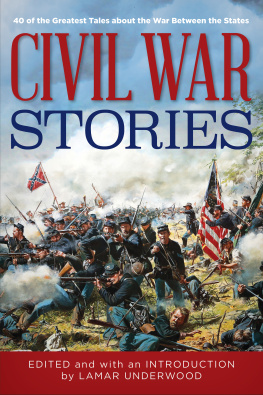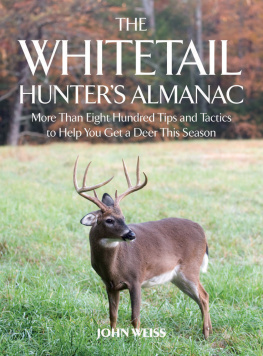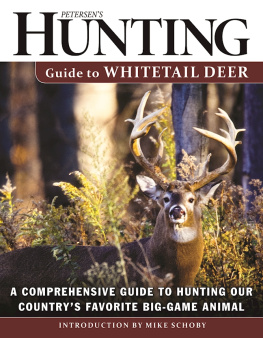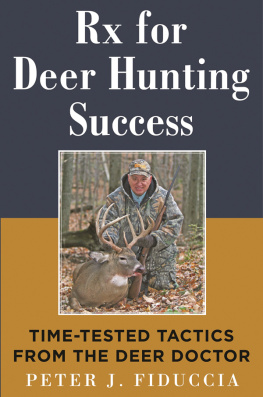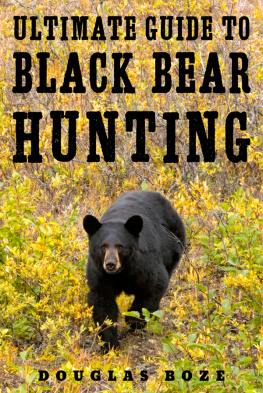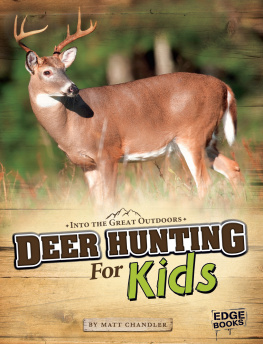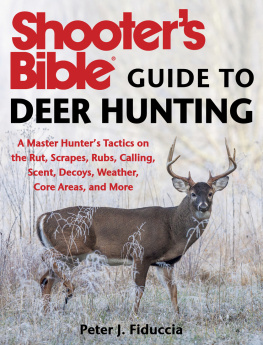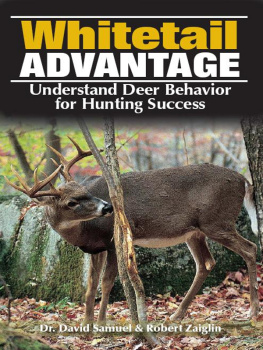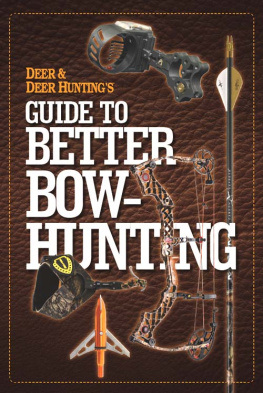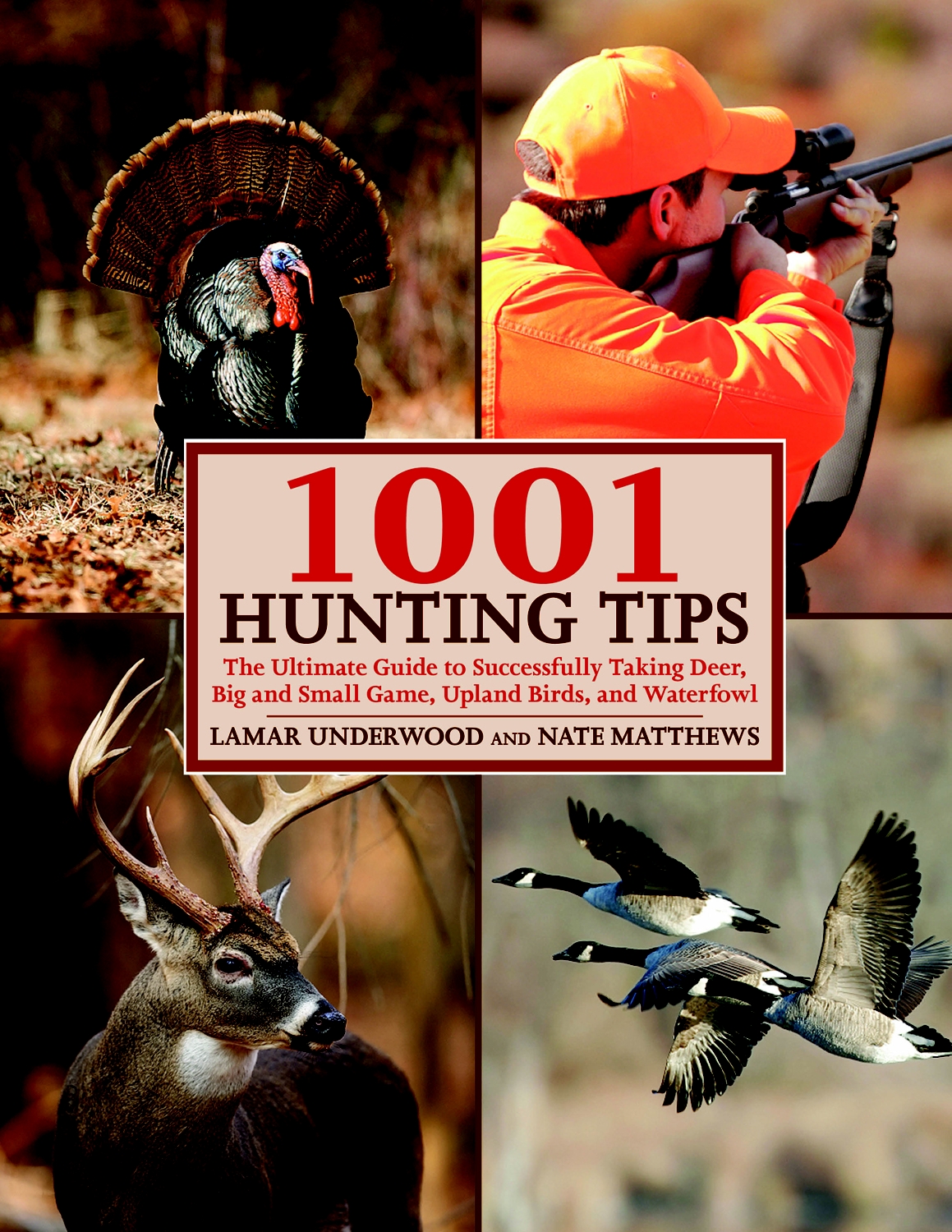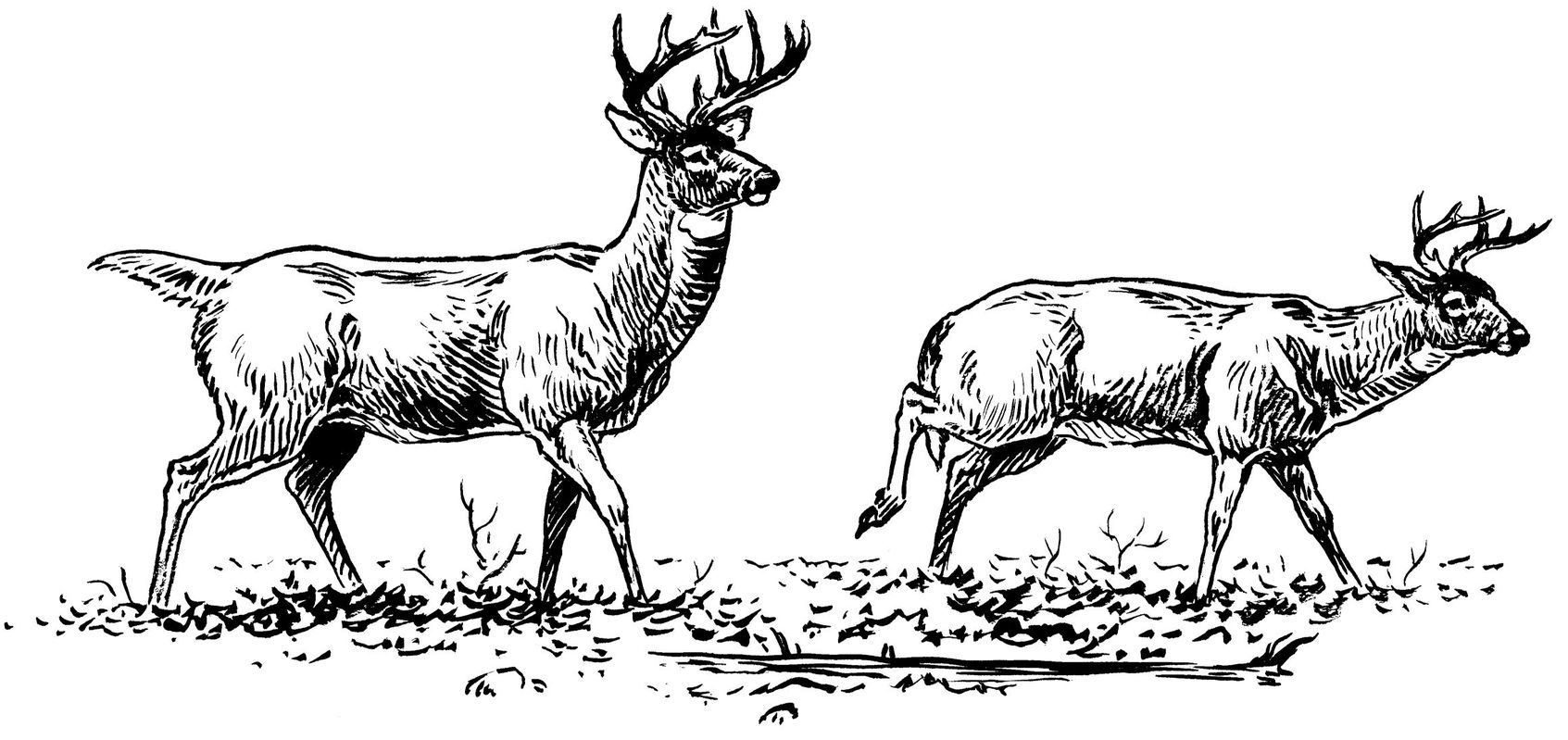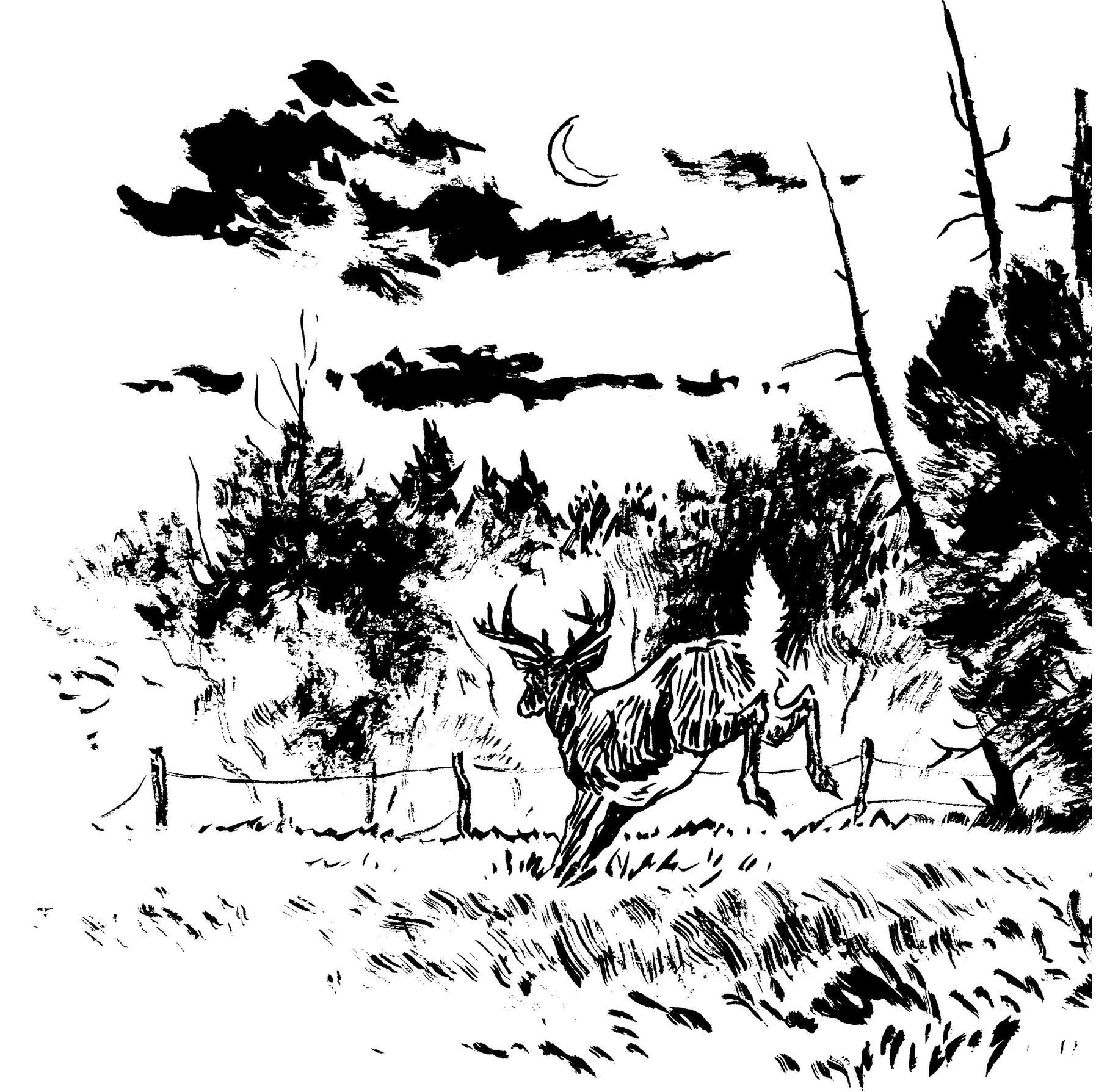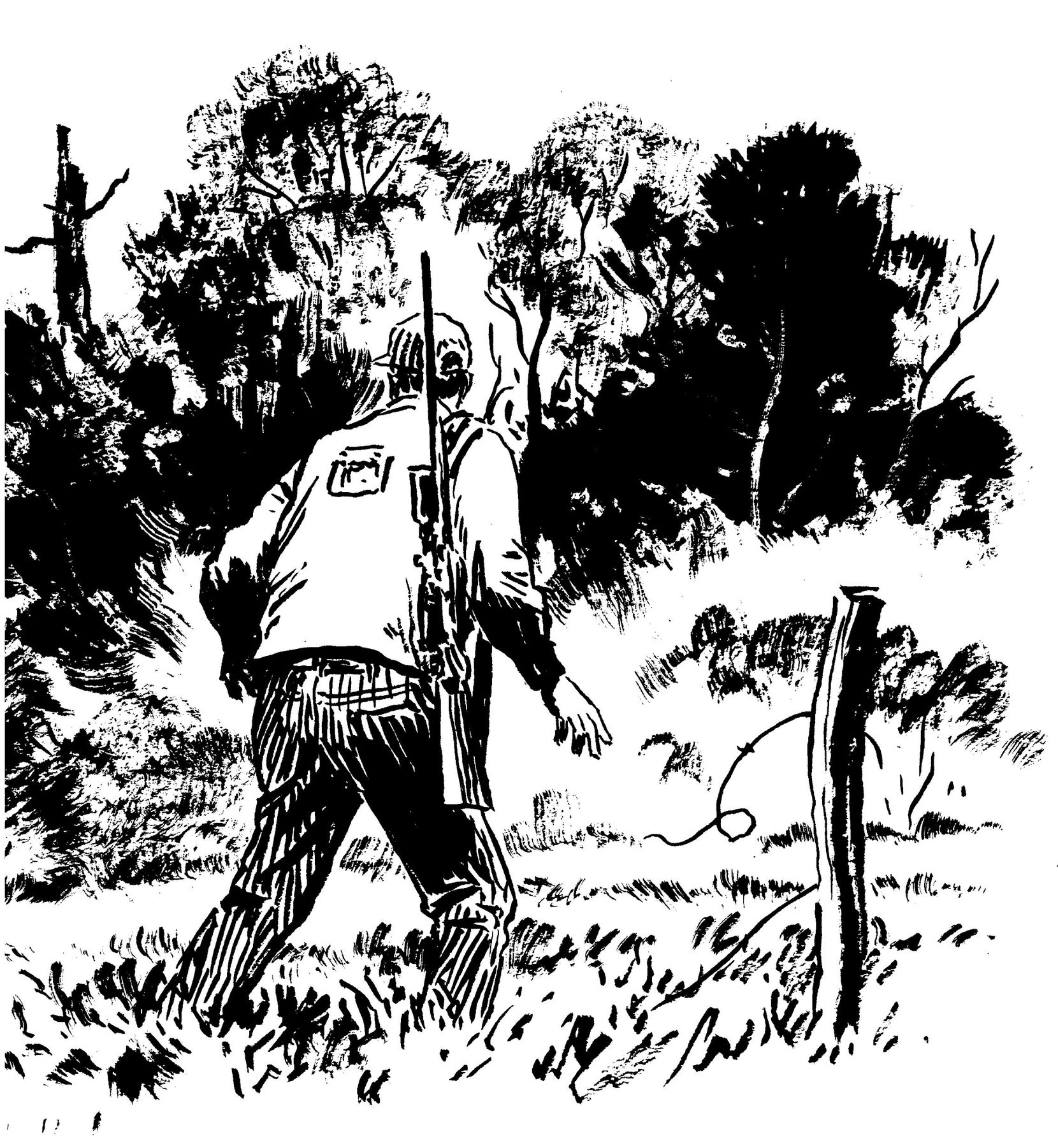Lamar Underwood - 1001 Hunting Tips: The Ultimate Guide to Successfully Taking Deer, Big and Small Game, Upland Birds, and Waterfowl
Here you can read online Lamar Underwood - 1001 Hunting Tips: The Ultimate Guide to Successfully Taking Deer, Big and Small Game, Upland Birds, and Waterfowl full text of the book (entire story) in english for free. Download pdf and epub, get meaning, cover and reviews about this ebook. year: 2010, publisher: Skyhorse Publishing, genre: Home and family. Description of the work, (preface) as well as reviews are available. Best literature library LitArk.com created for fans of good reading and offers a wide selection of genres:
Romance novel
Science fiction
Adventure
Detective
Science
History
Home and family
Prose
Art
Politics
Computer
Non-fiction
Religion
Business
Children
Humor
Choose a favorite category and find really read worthwhile books. Enjoy immersion in the world of imagination, feel the emotions of the characters or learn something new for yourself, make an fascinating discovery.
- Book:1001 Hunting Tips: The Ultimate Guide to Successfully Taking Deer, Big and Small Game, Upland Birds, and Waterfowl
- Author:
- Publisher:Skyhorse Publishing
- Genre:
- Year:2010
- Rating:5 / 5
- Favourites:Add to favourites
- Your mark:
1001 Hunting Tips: The Ultimate Guide to Successfully Taking Deer, Big and Small Game, Upland Birds, and Waterfowl: summary, description and annotation
We offer to read an annotation, description, summary or preface (depends on what the author of the book "1001 Hunting Tips: The Ultimate Guide to Successfully Taking Deer, Big and Small Game, Upland Birds, and Waterfowl" wrote himself). If you haven't found the necessary information about the book — write in the comments, we will try to find it.
400 pages of field-tested, illustrated, top-notch hunting tips!
No matter how skilled a hunter you are right now, novice or expert, 1001 Hunting Tips will make you better. Author and outdoorsman Lamar Underwood offers words of wisdom on this adrenaline-filled sport and has put together a timeless guide on how to improve your hunting techniques. Within these pages are precious nuggets of hunting lore and wisdom proven in the field. From deer stands to duck blinds to spruce forests and mountain ranges where bear and moose roam, be assured that 1001 Hunting Tips is a solid guide that will help you be the finest hunter for every minute spent out on the field. Having bad luck trying to bag that whitetail buck you want so ardently? With 1001 Hunting Tipss special bonus coverage of whitetail deer hunting, youll find tactics to fit every type of deer hunting terrain and situationwith gun and bow.Upland game and bird and waterfowl hunters will find new, useful ideas that will make success in the field a regular occurrence. Big game hunters who heed the call of adventure will find advice and skills from those who have gone before. And, of course, guns and loads are covered in every aspect of hunting. 100 black-and-white illustrations
Lamar Underwood: author's other books
Who wrote 1001 Hunting Tips: The Ultimate Guide to Successfully Taking Deer, Big and Small Game, Upland Birds, and Waterfowl? Find out the surname, the name of the author of the book and a list of all author's works by series.

